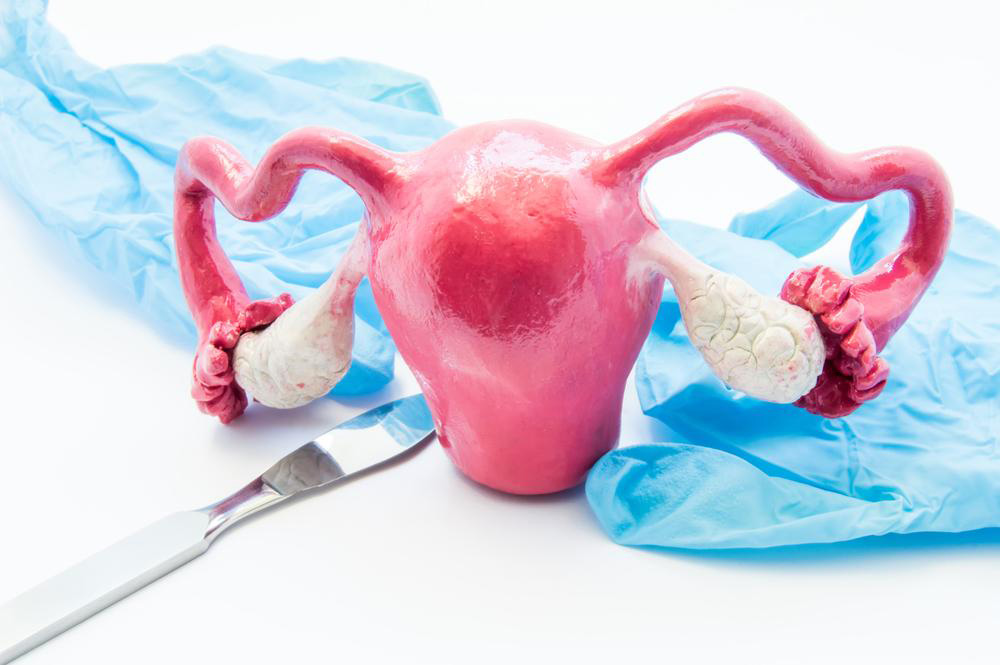Comprehensive Guide to Recognizing Implantation Bleeding in Early Pregnancy
This comprehensive guide provides detailed insights into recognizing early signs of pregnancy through implantation bleeding. It covers timing, appearance, volume, associated symptoms, and when to seek medical help, helping women differentiate implantation bleeding from regular menstruation. Understanding these indicators is crucial for early pregnancy detection and ensuring proper prenatal care, ultimately supporting women in managing their reproductive health confidently.

Understanding How to Identify Implantation Bleeding
Recognizing the signs of implantation bleeding is crucial for women trying to determine early pregnancy. Implantation bleeding represents a significant physiological process where a fertilized egg attaches itself into the uterine lining, prompting minor bleeding due to the invasion of fragile blood vessels. This phenomenon often confuses women, especially those expecting their period, because of overlapping symptoms. In this detailed guide, we will explore all aspects of implantation bleeding—its timing, appearance, symptoms, and how to distinguish it from other types of bleeding or menstrual flows—helping you to accurately identify early pregnancy indicators and knowing when to seek medical advice.
The Timing of Implantation Bleeding
Implantation bleeding usually occurs between 6 to 12 days post-conception, which correlates with the typical timeframe when a fertilized egg embeds into the uterine lining. For women tracking ovulation and conception, understanding this window is essential. It often coincides with what could be mistaken for an upcoming period, leading to confusion. If you recently had unprotected intercourse and notice light bleeding within this timeframe, it could be an early sign of pregnancy. Conversely, if over a month has passed since intercourse without symptoms, this bleeding is less likely to be related to implantation.
Moreover, women who are aware of their ovulation cycle may notice that this bleeding aligns with their expected period but is noticeably different in character. This timing detail is vital because early pregnancy signs often mimic menstrual symptoms, making careful observation and timing crucial for early detection.
Appearance and Color of Implantation Bleeding
The typical appearance of implantation bleeding is quite distinct. It usually manifests as light pink or brownish blood, as the blood that is discharged tends to be older and darker after traveling through the reproductive tract. This contrasts with menstrual blood, which is often bright red and more abundant. The coloration and volume are key indicators, with implantation bleeding generally being very light and not involving the heavy flow typical of periods. Some women report spotting that resembles tiny blood spots, difficult to classify as a full period.
For women monitoring their reproductive health, noting the color and consistency can provide essential clues about whether bleeding is associated with pregnancy or menstruation. If the bleeding appears bright red and flows heavily, it is more likely a regular period or other medical issue, and seeking medical consultation is advised.
Volume and Duration of Bleeding
One notable characteristic of implantation bleeding is its minimal volume. It often involves only small spots or light bleeding that lasts a few hours to a couple of days, much shorter than a normal menstrual period. This subtlety can make it challenging to recognize, especially for first-time mothers or women unfamiliar with their body’s signals.
Heavy bleeding, larger clots, or prolonged flow are less characteristic of implantation and more typical of menstruation or other medical conditions. If bleeding becomes heavier than expected or persists beyond a couple of days, it’s essential to consult a healthcare provider promptly to rule out other issues, including complications or miscarriage risks.
Cramping and Sensory Changes
Many women experience light cramping similar to mild menstrual discomfort during implantation. These sensations result from the uterus adjusting as the embryo embeds into the lining. Usually, the cramping is mild and localized, without the severe pain often associated with menstruation.
However, if you experience intense pain, increasing cramps, or bleeding along with other symptoms such as dizziness, fever, or heavy bleeding, these signs could indicate other medical conditions requiring professional evaluation. Recognizing these signs ensures timely medical intervention and appropriate care.
Additional Signs Supporting Early Pregnancy Detection
While implantation bleeding is a key early sign, it often occurs alongside other pregnancy symptoms. Nausea, breast tenderness, fatigue, and dizziness are common indicators that, combined with bleeding, can confirm early pregnancy. Some women also report changes in basal body temperature or heightened sense of smell.
For women trying to conceive or suspect they might be pregnant, paying close attention to these overlapping symptoms enhances early detection. Home pregnancy tests can usually detect pregnancy hormones around this time, but confirmatory testing by a healthcare provider remains the most reliable method.
Consulting Healthcare Professionals
Finally, while recognizing implantation bleeding can be comforting and informative, it’s essential to seek medical advice if there’s any doubt about your symptoms. Not all bleeding is benign, and medical professionals can provide thorough examinations, including ultrasound or blood tests, to establish pregnancy status or identify other conditions.
Understanding these signs aids women in making informed decisions about their reproductive health. Early detection can lead to better prenatal care and a healthier pregnancy journey. Remember, every woman’s body is unique, and individual experiences may vary. When in doubt, consulting a healthcare professional is always recommended.





